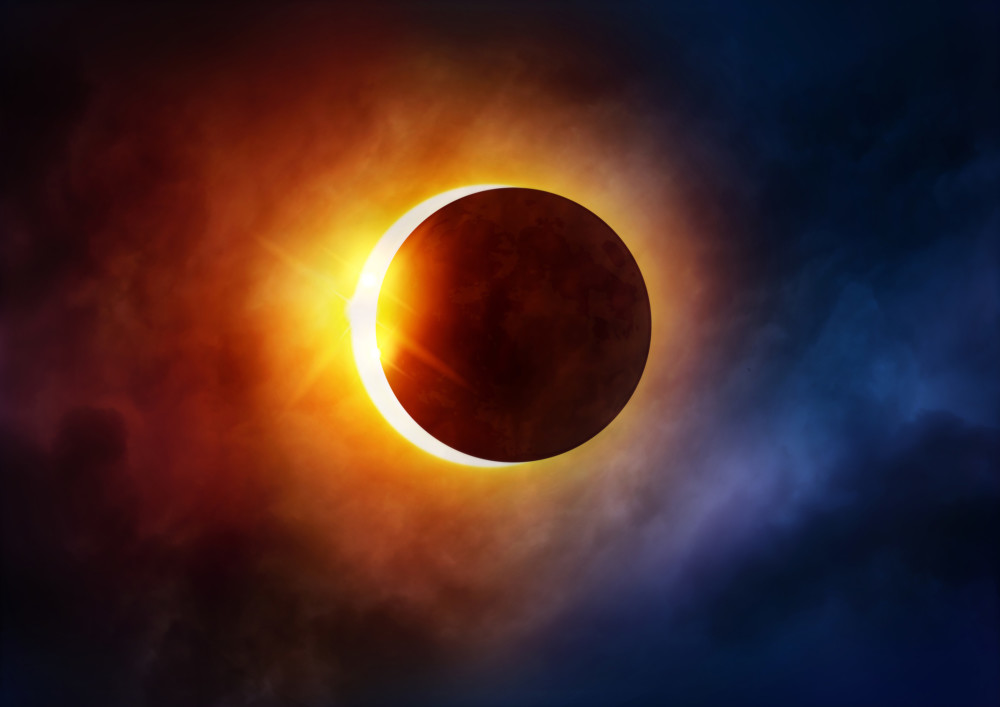By Valerie Schremp
St. Louis Post-Dispatch
WWR Article Summary (tl;dr) On Monday, August 21, 2017, all of North America will be treated to an eclipse of the sun. Anyone within the path of totality can see one of nature’s most awe inspiring sights – a total solar eclipse. If you have solar glasses or a special viewer here are few highlights to look out for.
St. Louis Post-Dispatch
With your solar glasses or a special viewer, watch for the partial phases of the eclipse as the moon passes over the sun, a stage that lasts for a few hours. But during those seconds or moments you see the full eclipse, you really want to watch for these highlights:
Diamond ring: The brief flash of light on the edge of the sun and moon that appears in the seconds before and after totality. Wear your solar glasses during this phase if you are looking directly at it.
Prominences: A large, bright loop of plasma extending out from the sun’s surface. They may appear pink and be near the diamond in the ring.
Totality: It’s safe to take your glasses off now and look up. The diamond ring has disappeared and the moon has completely covered the sun.
Corona: During the total eclipse, the corona of the sun will be visible. The sun will look like a dark hole in the sky. It’s the only time we can see the corona, which is the sun’s upper atmosphere. It’s usually outshone by the brightness of the sun’s surface.
Planets: In order of brightness, Venus, Jupiter, Mars and Mercury will be visible. Venus will appear to the west of the sun about 15 to 30 minutes before totality. About 30 seconds before and after totality, Mars will appear close to the west side of the sun and will appear orange. At a similar distance on the east side of the sun will be Mercury. Jupiter will be farther to the southeast of the sun.
The horizon: Look at the horizon during the eclipse, which will be lighted up like a 360-degree sunset. You’re seeing the effects of the sun’s light 100 or so miles away, where there is only a partial solar eclipse.
Animals and the environment: Look up at the sky, look at the ground and listen. Animals will change their behavior. Birds and squirrels will return to their nests, and farm animals will return to their barns. Crickets will chirp, and the air temperature will drop several degrees.
Shadow bands: Immediately before and after the total eclipse, look for shadow bands on the ground and other surfaces. You know how when you look at the bottom of a pool and you see wavy lines? The bands look something like that. How shadow bands appear vary from eclipse to eclipse, and nobody’s quite sure what causes them.
Baily’s beads: As totality approaches, watch for Baily’s beads around the rim. These are small spots of light created when only low-lying valleys of the moon allow sunlight to shine through. The name comes from Francis Baily, who explained the phenomenon in 1836. Baily’s beads appear just before the beginning and end of totality. Wear your solar glasses during this phase if you are looking directly at it.
Source: Earthsky.org, NASA, exploratorium.edu, eclipse2017.org
















































































































































































































































































































































































